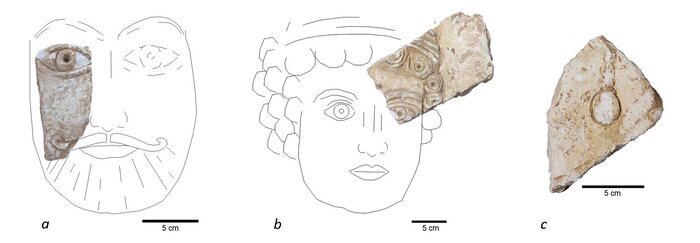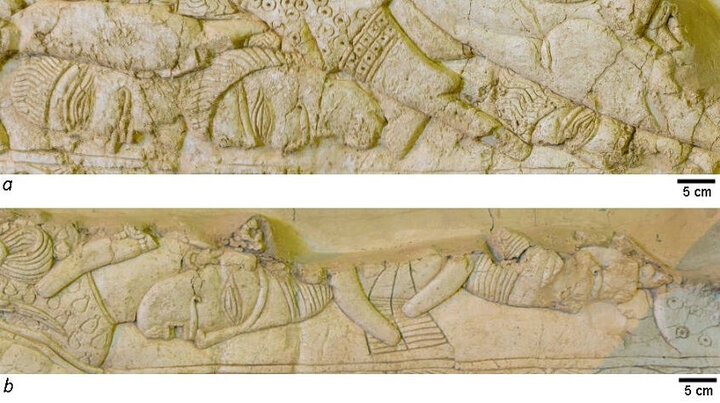Archaeologies hail find of Sassanid relics in northeast Iran

TEHRAN – A team of Iranian archaeologists has found arrays of ancient relics during its excavations conducted at a Sassanid site in the northeastern Khorasan region, IRNA reported on Wednesday.
Arrays of artistic works and evidence have been discovered in archaeological surveys and excavations recently conducted in Sassanid sites of the Khorasan region, Iranian archaeologist Meysam Labbaf-Khaniki said.
The excavated objects, which include plasterworks, yield valuable information about the artistic and cultural patterns of the Sassanid expertise in the region, the expert said
“Those works of plaster represent a wide variety of motifs and images, which are characteristics of Sassanid art in this region of the Iranian plateau.”
Despite damages inflicted on these works over time, which has caused the erasure of many elements and thus created ambiguities, comparative studies of these stucco paintings indicate the strong presence of the art schools and movements of the Sassanid period and early Islamic era in the art of this region, Labbaf-Khaniki explained.
Themes of the coronation, prayer, tribute, and battle of horsemen in their plaster carvings show examples of the favorite subjects of Khorasani artists in the late ancient era, he said.

Also, decorative elements such as plants and geometric motifs as well as special shapes given to the clothes of political and religious figures have created a unique feature to the art of Khorasan, which distinguishes it from other types of art in other parts of Iran, the archaeologist added.
According to Studia Iranica, the archaeological surveys and excavations at Sasanian sites of Khorasan revealed a collection of worthwhile materials and shed light on the art in late antiquity, Studia Iranica wrote.
The Sasanian stuccoes which were obtained from four archaeological sites of Bandian, Mele Hairam, Bazeh Hur, and Shilgan have provided us with new evidence of Sasanian art presenting accurate details of the artistic styles and iconographic specifications of the Sasanian stuccoes.
Although the newly discovered stuccoes are very badly damaged and then rarely present impeccable scenes, but are identifiable through comparative studies referring to the traditions of the Sasanian-Early Islamic art.
The Sasanian stuccoes of northeastern Iran including the scenes of the investiture, worship, paying homage to royalty or nobility, and animal combats exemplify the characteristics of the Khorasanian style formulated with the margins decorated with specified geometric and floral motifs, animal motifs depicted alongside the human figures, figures draped in the garments with terse adornments and the frontal figures of humans.
Respecting the traditions of Khorasanian art and literature, the Sasanian stuccoes served as a medium for recording historical events and narrating mythological stories. These narrations were related to the function of the rooms, which were decorated with elaborate stuccoes.
The Sassanid era is of very high importance in the history of Iran. Under Sassanids, Persian architecture and arts experienced a general renaissance. Architecture often took grandiose proportions, such as palaces at Ctesiphon, Firuzabad, and Sarvestan, which are amongst the highlights of the ensemble.
Generally, a Sassanid archaeological landscape represents a highly efficient system of land use and strategic utilization of natural topography in the creation of the earliest cultural centers of the Sassanid civilization.
In 2018, an ensemble of Sassanian historical cities in southern Iran, titled “Sassanid Archaeological Landscape of Fars Region”, was named a UNESCO site.
AFM
Leave a Comment